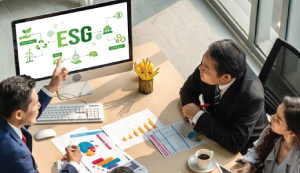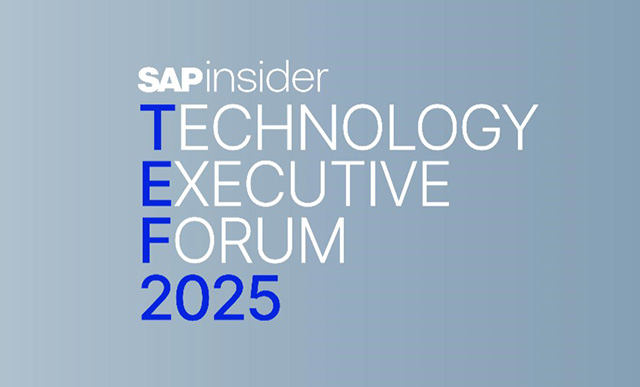A Fresh Look at Ongoing ESG and Carbon Accounting Developments
Key Takeaways
Regulatory Developments: Major regulatory initiatives like the SEC's Climate-Related Disclosures and the EU's CSRD are driving the need for accurate ESG reporting and compliance.
Advanced ESG Solutions: SAP's innovations, including the SAP Sustainability Control Tower and the Sustainability Data Exchange, provide comprehensive tools for managing and reporting ESG data.
Corporate Benefits: Effective ESG programs enhance corporate value by boosting revenue, reducing costs, increasing employee commitment, and ensuring regulatory compliance.
Previous posts in this blog series on Environmental, Social and Governance (ESG) and carbon accounting have spotlighted carbon accounting as a trend to watch, looked at ESG impacts on M&A, and tracked the emergence of new ESG standards.






